Yangdong Folk Village, about 20km northeast of Gyeongju, a royal palace of Silla (54-935 B.C.), where Buddhist culture flourished, is well preserved during the Lee’s Joseon Dynasty (1392-1910 B.C.), and is still a folk village registered as a UNESCO World Heritage Site along with Andong Hahoe Village in 2010.
- Hyangdan of Yangdong Folk Village in Gyeongju (Treasure No. 412)
- Yangdong Folk Village
Designated as Important Folklore Material No. 189 in 1984, the entire village is well preserved, and there are about 150 traditional Korean tiled houses and thatched houses.
In the folk village, there are about 100 old houses that have been built for more than 200 years, and about 30 buildings have been designated as valuable cultural properties, including Mucheomdang (Treasure No. 411), Hyangdan (Treasure No. 412), and Government House (Treasure No. 442).
- Hyangdan of Yangdong Folk Village in Gyeongju (Treasure No. 412)
- Hyangdan of Yangdong Folk Village in Gyeongju (Treasure No. 412)
- Hyangdan of Yangdong Folk Village in Gyeongju (Treasure No. 412)
- Hyangdan of Yangdong Folk Village in Gyeongju (Treasure No. 412)
- Hyangdan of Yangdong Folk Village in Gyeongju (Treasure No. 412)
- Hyangdan of Yangdong Folk Village in Gyeongju (Treasure No. 412)
Gwangajeong (觀稼亭 Treasure No. 442)
- Yangdong Folk Village Gwangajeong
- Yangdong Folk Village Gwangajeong
Mucheomdang (無忝堂 Treasure No. 411)
- Mucheomdang at Yangdong Folk Village
- Mucheomdang at Yangdong Folk Village
Seobaekdang 서백당 書百堂
- Seobaekdang in Yangdong Folk Village
- Seobaekdang in Yangdong Folk Village
Yangdong Folk Village, which was built from the 15th to 16th centuries by Yangban families (Dongseong Village) of both Wolseong Son Clan and Yeogang Lee Clan, has houses on four 자-shaped ridges and valleys extending from Munmunbong Peak of Seolchangsan Mountain, the main peak of the village.
Among them, most of the village’s head house and tile-roofed houses are located on highlands, and thatched houses are located on flat land. The Hyeongsangang River flowing along the southwest of the village, the wide Angang Plain, and the 자-shaped mountain terrain are known to bring wealth according to feng shui, and Hoi Eonjeok, a Confucian scholar of the mid-Joseon Dynasty, was also born in this village.
It is a traditional Korean folk village where the unique hanoks along the mountain valley, Confucianism statues and long customs of the Joseon Dynasty continue to this day.
| Basic information | |
|---|---|
| Name | Yangdong Folk Village 경주 양동민속마을 |
| Address | 94 Yangdong-ri, Gangdong-myeon, Gyeongju-si, Gyeongsangbuk-do |
| Telephone | A guide to the folk village experience guide 054-762-2633 |
| business hours | From April to October 19pm (Entrance closed at 18pm) October-March 18:00 (17:00) / Free for Gyeongju citizens |
| Closed day | None |
| Admission Fees | 4,000 won for adults, 2,000 won for teenagers, 1,500 won for children |
| Site | http://yangdong.invil.org |
[How to go to Yangdong Folk Village]
Bus 203 departing from Shin Kyungju Station, where KTX stops, runs to Yangdong Folk Village via Gyeongju Intercity Terminal, but it is convenient to use bus 203 departing from Gyeongju Intercity Bus Terminal due to the small number of buses departing from Shin Kyungju Station.
Gyeongju Intercity Bus Terminal Gyeongju Yangdong Folk Village Oksanseowon Confucian Academy → Gyeongju Yangdong Folk Village
Departure time can be changed depending on local circumstances.
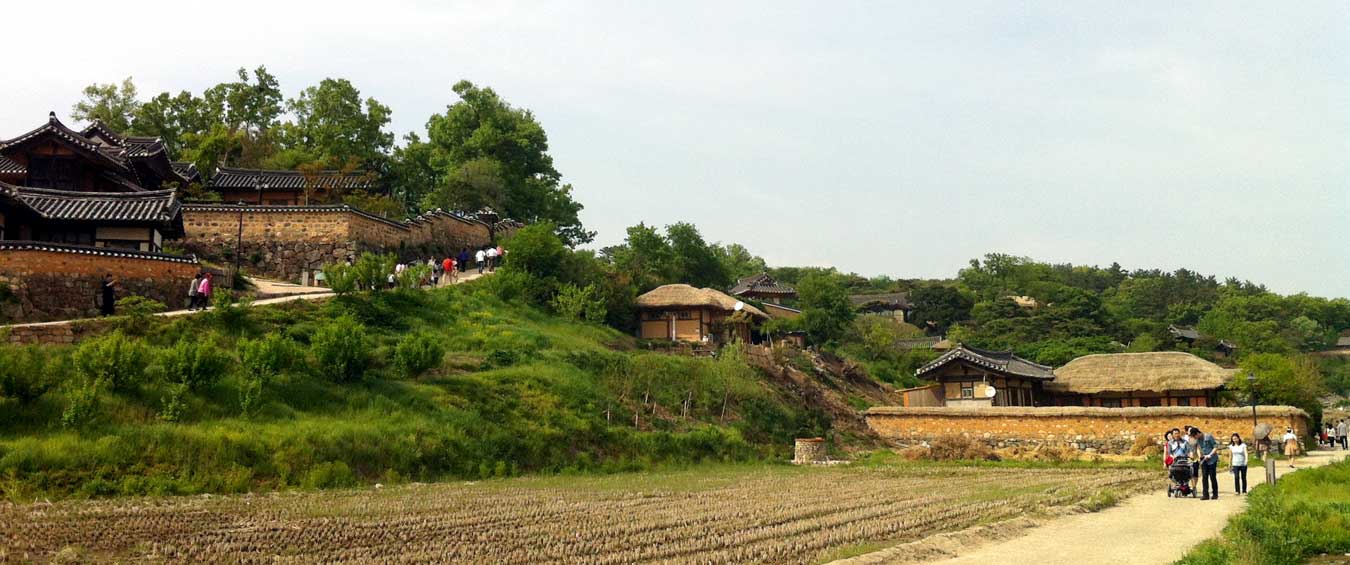
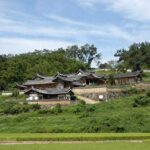
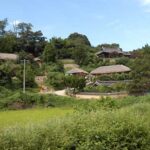
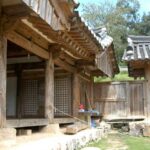
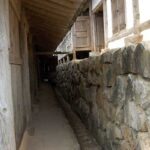
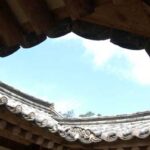
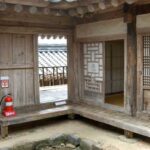
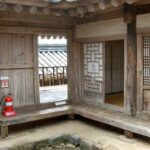
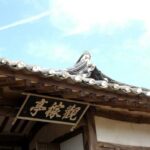
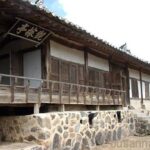
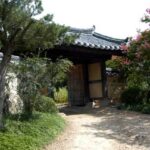
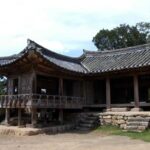
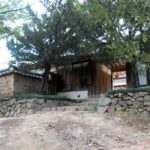
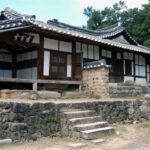
Comments